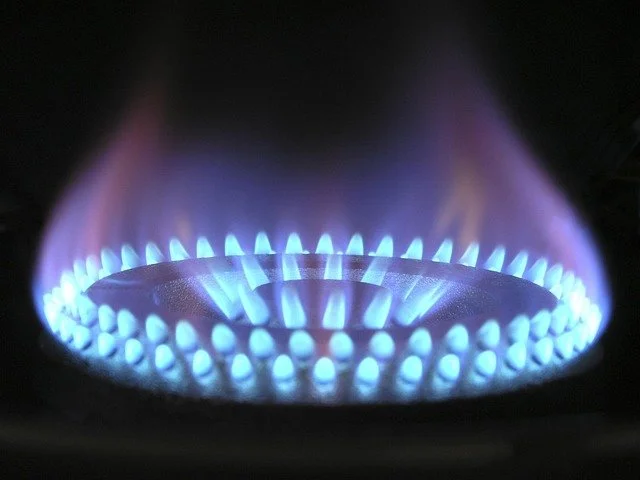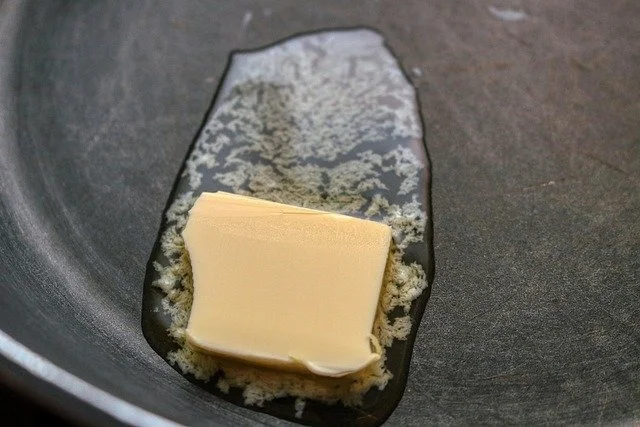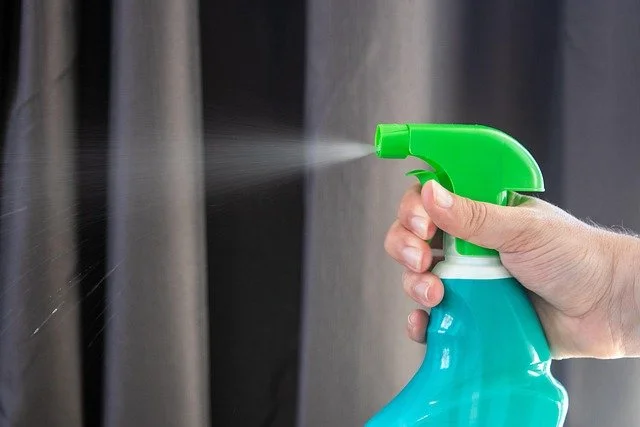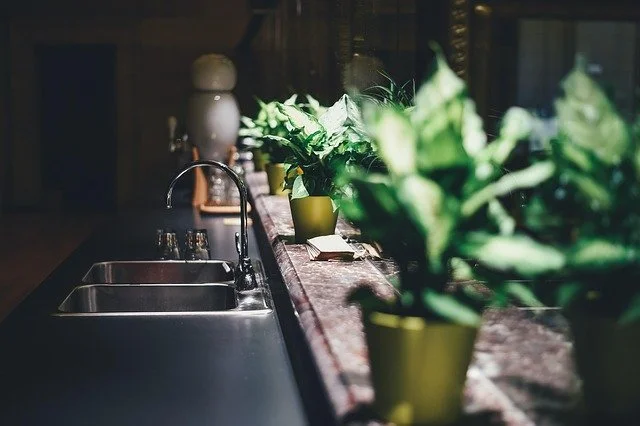Where Safety Ends and the Invisible Begins
The kitchen is the heart of the home. Warm food at the end of a long day. Snacks and baking with family. A place to gather when things go wrong, or right. Yet, within the steam and the stainless steel, there are dangers that wait patiently. There are no jump scares here. Just quiet threats that reveal themselves slowly.
In many ways, our kitchens are safer than ever. We lock cabinets and ovens against curious littles. We pay closer attention to what we eat and how we prepare it. We keep fire extinguishers and smoke detectors nearby and teach our children how to escape if flames appear. There is always a but though, isn’t there? The hazards haven’t vanished. They have simply shifted into places we rarely consider. Invisible pollutants and toxic materials move into the air we breathe and the food we eat. Safety is no longer only about flames and sharp edges. It is about the things you cannot see.
The air in our kitchens isn’t always as clean as we trust it to be. The stove seems harmless when it sleeps, yet methane can escape quietly even when the flame is out. Once ignited, the gas releases nitrogen oxides that linger in the air. The problem grows when the appliance is installed without proper ventilation, or when that ventilation goes unused. Short bursts of cooking have been shown to push indoor pollutant levels beyond recommended air quality limits. Children in homes where gas stoves lack ventilation are more likely to experience respiratory issues and asthma symptoms. These dangers hide in everyday routine. Using the range hood or opening a window helps the fumes escape, and paying attention when the stove acts up can prevent bigger issues from developing. If an appliance seems to burn too hot or produce more smoke than it should, it’s time to have it checked.
Even when the stove behaves, cooking itself has ways of filling the air with what we can’t see. High heat and a sizzling pan feel like comfort, yet when cooking oil reaches its smoke point, the air starts to shift. Those flavorful wisps can carry polycyclic aromatic hydrocarbons and volatile organic compounds—pollutants tied to lung cancer risks in research. Frying, charring, and even everyday high-heat cooking can trap harmful particles indoors if ventilation is lacking. Choosing oils that hold up better to heat and keeping temperatures controlled can reduce what enters the air unnoticed. The danger rises with the temperature long before anyone sees smoke.
And sometimes the danger isn’t in the ingredients at all. It’s in the tools we use to cook them. The nonstick pan that promises convenience can turn quietly against you over time. When overheated, coatings like PTFE release fumes that drift into the air. Scratches allow tiny flakes to break free and move into the food. These coatings have been associated with serious health concerns when they begin to degrade. That pan doesn’t shout for attention as it wears down. It simply waits until the damage is already done. Choosing cast iron, ceramic, or stainless steel where you can is a safer alternative.
Even the containers meant to protect our food can quietly betray us. Plastic containers feel like a harmless storage solution, but heat changes the rules. When exposed to microwaves or hot food, plastics can release chemicals like BPA and phthalates into meals. Both are known endocrine disruptors, with risks increasing as plastics age or break down. Even items labeled as “microwave-safe” may not withstand repeated high temperatures. The danger doesn’t present itself dramatically. It accumulates slowly with every reheated leftover, every warmed-up lunch. Replacing worn containers and choosing glass for hot foods reduces the risk.
A fresh scent can hide something far less comforting. The sharp, clean smell left behind by powerful cleaners carries its own invisible threat. Many household disinfectants and fragranced products release volatile organic compounds into the air, especially in enclosed spaces. These chemicals may irritate the respiratory system and linger after the shine fades. Combining products like bleach and ammonia can even create toxic fumes. Using safer cleaning solutions and rinsing surfaces after harsh products can help keep the air less hostile.
And in the quiet corners where nothing looks dangerous at all, another threat multiplies. Even the everyday tools we trust are not always on our side. Sponges and dishcloths can harbor more bacteria than a toilet seat, spreading contamination with every swipe. Towels that never fully dry become quiet reservoirs that move germs from place to place. The danger here is not dramatic. It waits. It spreads. It thrives on ordinary habits.
The hazards may seem small on their own, yet together they shape the air and food we trust most. The kitchen is not cruel. It has simply evolved into a space where danger wears disguise. Once the unseen becomes visible, the atmosphere shifts. Small, thoughtful changes restore safety to the room that should comfort us most. When we uncover the invisible problems, we take back control of the home.
We depend on the tools that cook for us. If your major appliances spark, smoke, or behave in ways that feel wrong, don’t wait for the tension to build. ARS can make sure your appliances are functioning safely before the story takes a darker turn.
Call: (214) 599-0055




